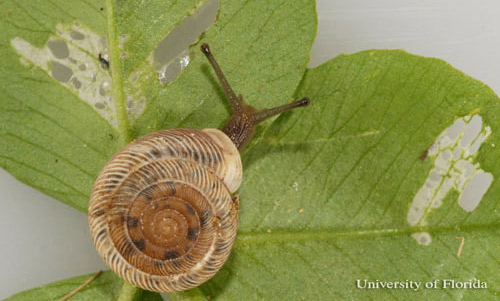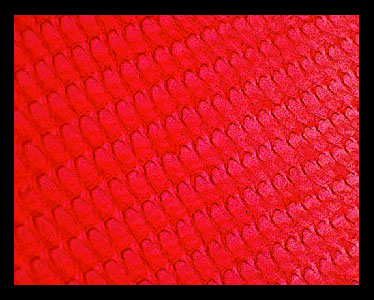Nutrition
Like most gastropods Polygyra cereolus is a herbivore that survives by eating fungi, algae and plant material (Hickman et al 2011). In the native range of Florida it has been found eating primarily white clover but also some alfalfa and red clover (Capinera and White, 2011). This terrestrial snail like many others uses an organ called a radula to rasp, scrape, and grind the food that it eats (Encyclopædia Britannica). The radula is made of chitin and has rows of longitudinal and transverse teeth (Wilbur and Yonge, 1966). The odontophore, a mass of cartilage-like tissues, supports the radula (Encyclopædia Britannica). After the radula helps to move the ground food tissue to the gut, the material is digested by symbiotic bacterial colonies that live in the snails' gut (Hickman et al, 2011).A key component to any snail's diet is calcium to build their shells (Carnegie, 2012). P.cereolus would get its calcium by the consumption of decaying plants and wood, fungi on rocks, and animal excrement (Carnegie, 2012). Some terrestrial snails have been found consuming bones, rock particles, and even other snails' shells (Carnegie, 2012)!

